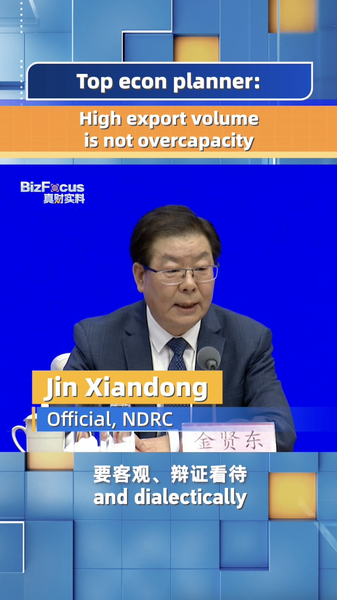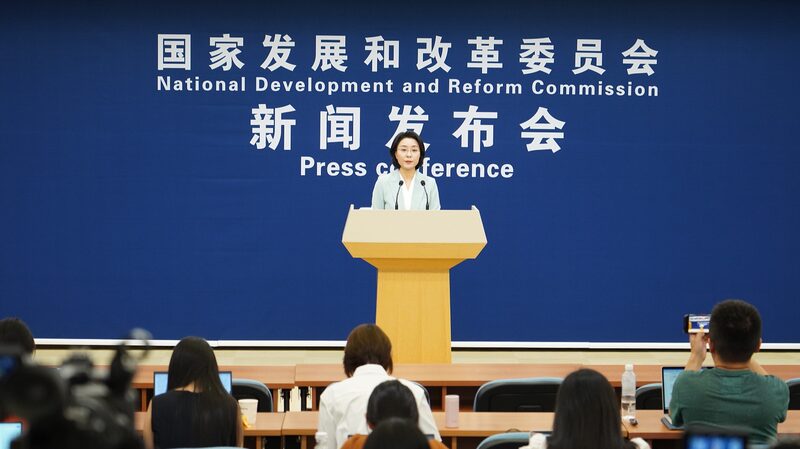In a significant move to bolster economic integration, China’s top economic planner, the National Development and Reform Commission (NDRC), unveiled new guidelines on Tuesday aimed at accelerating the construction of a unified national market. The guidelines emphasize the implementation of a unified market access system and the safeguarding of fair competition across the nation.
This initiative aligns with the key tasks outlined at the Central Economic Work Conference held in December 2024, signaling China’s commitment to deepening economic reforms and enhancing market efficiency. By streamlining regulations and reducing regional barriers, the country aims to create a more cohesive and accessible market environment for both domestic and foreign participants.
Among the pivotal measures highlighted by the NDRC is the establishment of a standardized labor market system. This move is expected to facilitate the mobility of talent and resources across regions, fostering a more dynamic and flexible workforce. Additionally, the guidelines propose the creation of a national unified social security public service platform, simplifying social security processes and removing residency-based restrictions on social security registration.
Li Weizheng, deputy director of the department of market system construction at the Ministry of Commerce, emphasized the ongoing efforts to reduce barriers to foreign investment. “The nationwide negative list for foreign investment has been trimmed to just 29 measures,” said Li, marking significant progress in market accessibility.
The new guidelines are expected to have far-reaching impacts on China’s economic landscape. By promoting uniformity in market regulations and fostering a level playing field, the country seeks to enhance competition and drive sustainable development. Business professionals and investors, both domestic and international, are closely watching these developments, recognizing the potential opportunities arising from a more integrated and accessible Chinese market.
Academics and researchers have also lauded the move as a positive step toward modernizing China’s economic structures and aligning with global market practices. The simplification of social security systems and the standardization of labor markets are anticipated to benefit not only businesses but also the wider population, including Asian diaspora communities seeking to engage with China’s evolving economy.
As China continues to assert its dynamic role in global affairs, these measures underscore the nation’s dedication to fostering an open, fair, and efficient market system. Travelers, cultural explorers, and global readers interested in Asia’s economic developments will undoubtedly find these changes noteworthy as China progresses toward greater economic unification and global integration.
Reference(s):
cgtn.com



